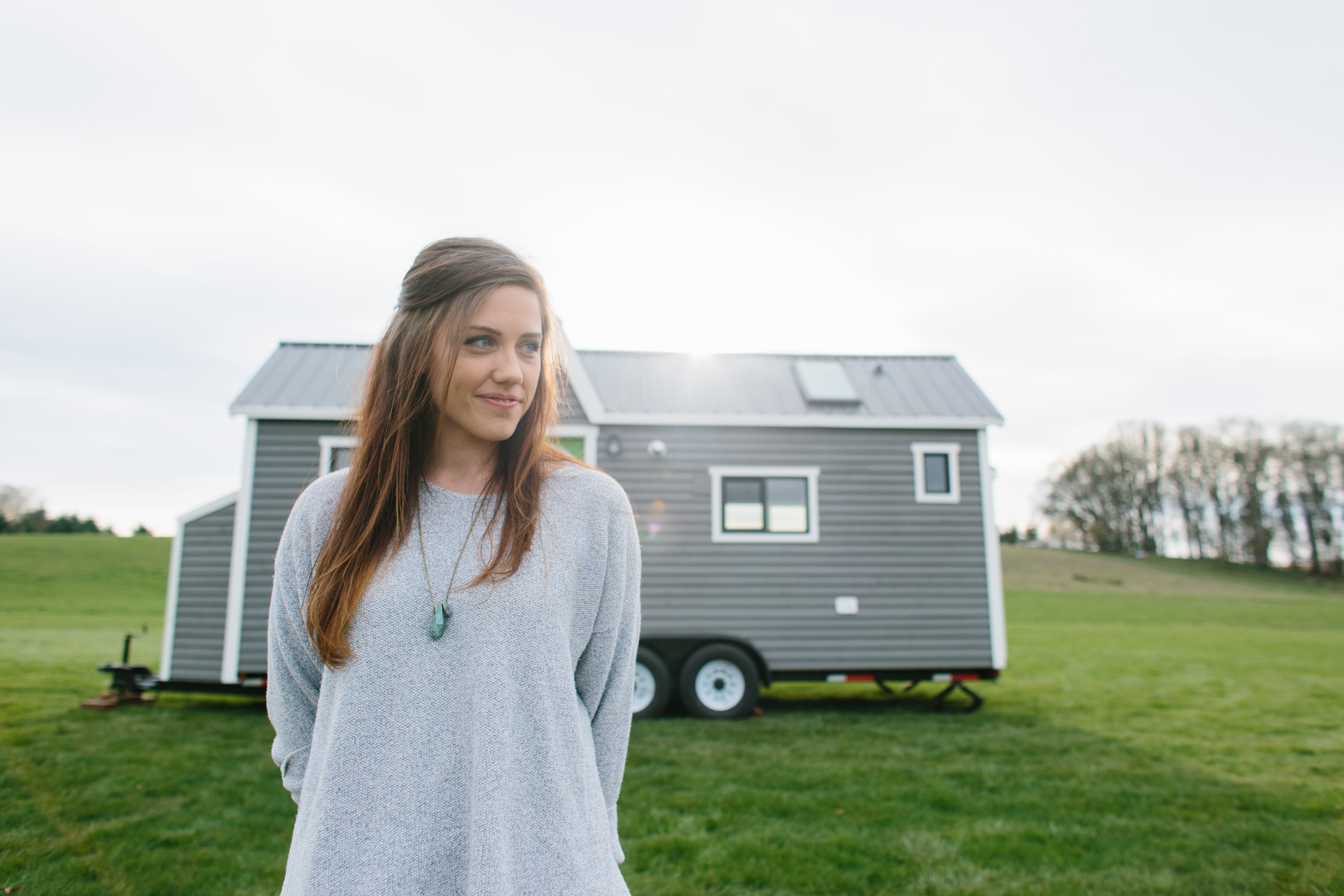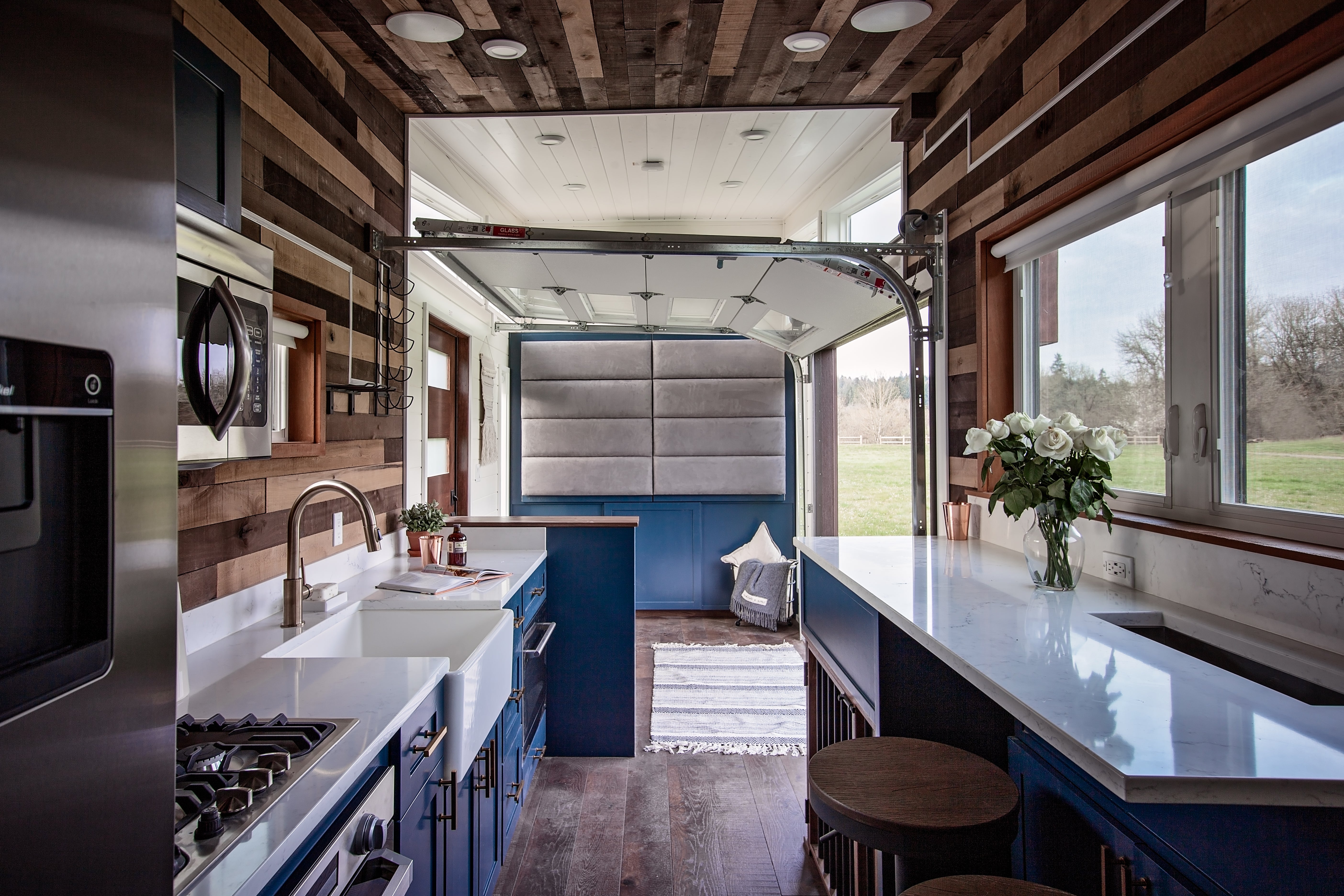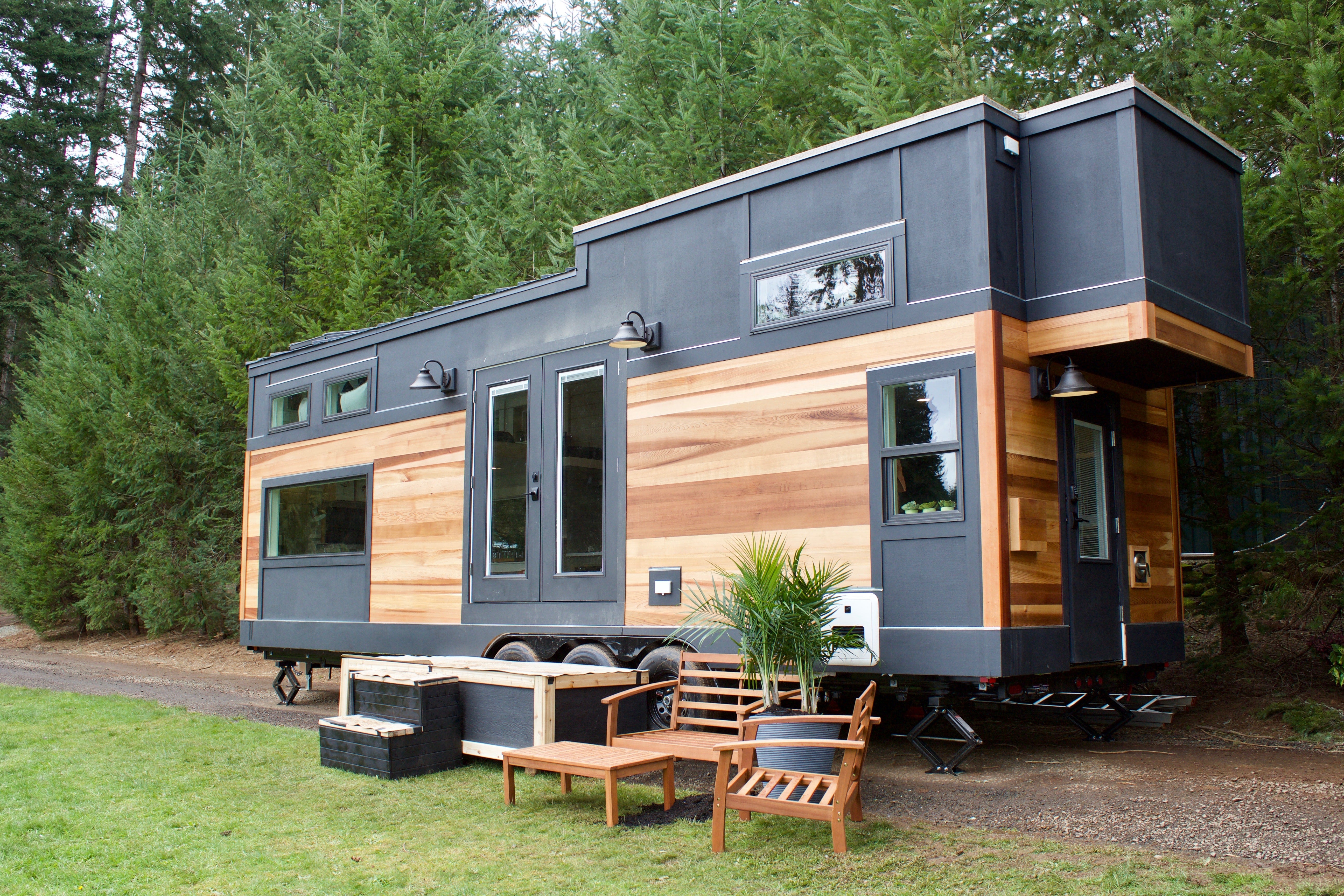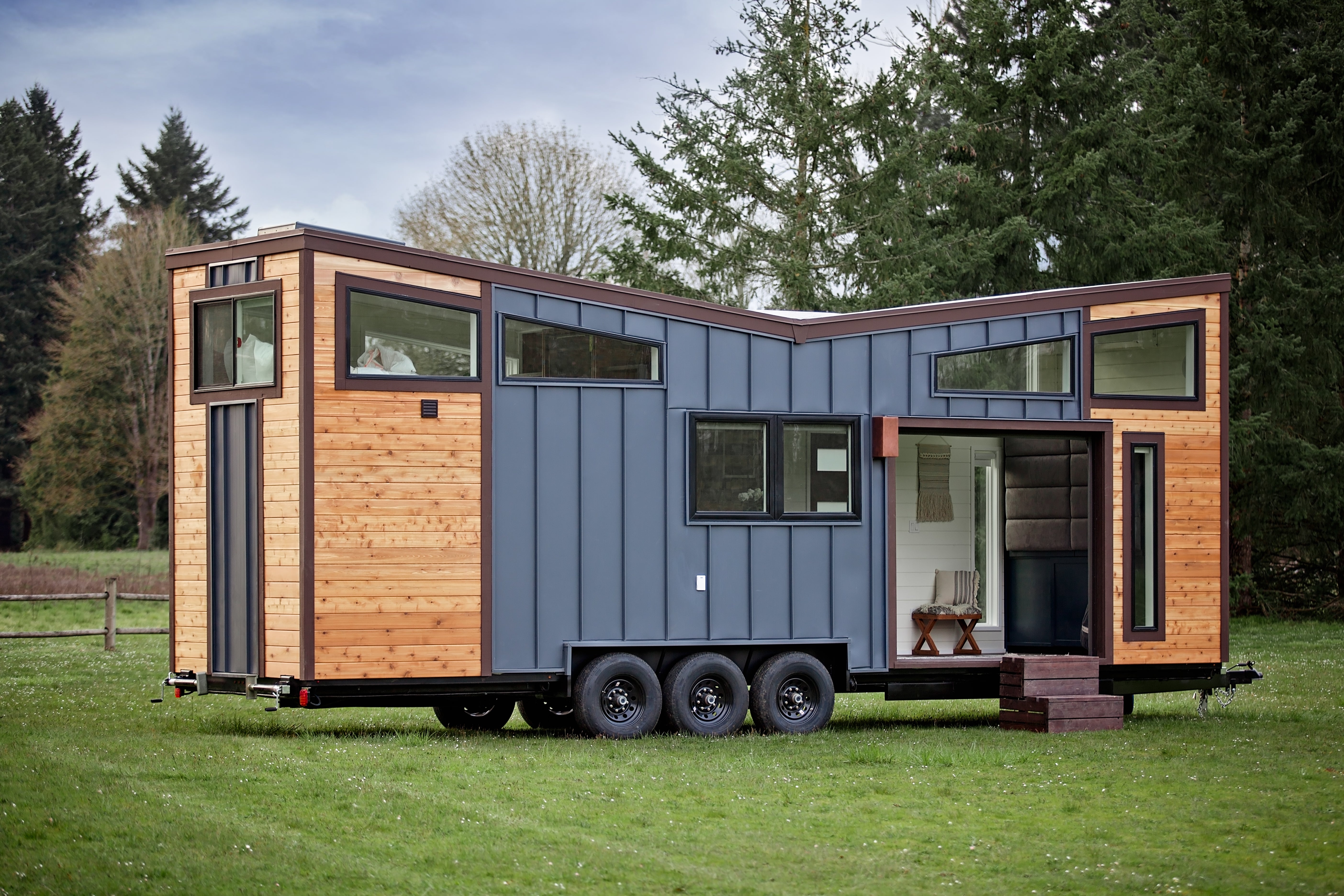If you're considering a tiny home in Ohio, you'll face state and local rules. Most counties require a minimum 950-square-foot living space for permanent homes and strict adherence to residential building codes. Tiny homes on wheels are treated as RVs and usually limited to RV parks or campgrounds. Zoning varies by city and county, so checking local regulations is essential before you build or park. With the right prep, you can discover how to navigate Ohio’s tiny home process step by step.
Understanding Ohio’s Legal Framework for Tiny Homes
Although Ohio allows tiny homes, the legal framework is complex and varies widely across the state.
When you consider a tiny home, you’ll need to check local regulations—each county, city, and township can set its own rules.
Permanent tiny homes must often meet strict residential codes, and local zoning may limit where you can build or park your unit.
Tiny homes on wheels face different restrictions, typically only allowed in RV parks or campgrounds.
Accessory dwelling units or backyard tiny houses are legal only in select areas.
Always confirm local requirements before committing to a location or starting construction.

Minimum Size and Building Standards
When planning a tiny home in Ohio, you’ll need to pay close attention to minimum size requirements and building standards. Most counties require a living area of at least 950 square feet for permanent dwellings. Local rules may set different thresholds, so always check with your county or city.
You must also follow Ohio’s residential building code, which includes standards for plumbing, electrical, and insulation. Meeting these codes is non-negotiable for permitting and occupancy.
Accessory structures rarely qualify as legal housing. Before building, review your local regulations to verify your tiny home’s design and construction align with all required standards.
Permanent vs. Mobile Tiny Homes
If you're considering a tiny home in Ohio, it's essential to understand the difference between permanent and mobile models, as each faces unique regulations.
Permanent tiny homes must comply with Ohio’s residential building code, including a minimum living area of 950 square feet, and meet standards for plumbing, electrical, and insulation.
In contrast, mobile tiny homes—typically built on wheels—are classified as non-self-propelled RVs. You’ll find these are usually restricted to RV parks or campgrounds. They aren’t permitted as permanent residences on private land.
Before you decide, review state and local codes to guarantee full compliance.
Zoning Differences Across Ohio Counties
While Ohio sets broad guidelines for tiny homes, zoning rules change as you move from one county—or even township—to another.
You'll find that some counties allow tiny homes in agricultural or residential districts, while others restrict them to RV parks or mobile home communities.
Local ordinances might set minimum square footage, limit accessory dwelling use, or even prohibit tiny homes on wheels outside campgrounds.
Always review your county and township codes before making plans.
Contact local zoning offices to verify definitions and permitted uses.
Staying proactive with research guarantees your tiny home project meets all the local regulatory requirements from the start.
Tiny Home Placement: Where Can You Park or Build?
Location matters most for tiny home placement in Ohio. You can’t just park or build anywhere—zoning and building codes set strict boundaries.
If your tiny home is on wheels, you’re generally limited to RV parks and campgrounds. Permanent tiny homes must meet Ohio’s residential building code and often require a minimum living space of 950 square feet.
Accessory buildings typically can’t serve as housing, so don’t plan to live in a backyard shed or garage. Before committing, always check local zoning laws and health codes to confirm your site is approved for tiny home occupancy and construction.

County-Specific Rules: What to Watch For
Because Ohio doesn’t have state-wide uniformity for tiny home laws, you’ll need to research regulations in your specific county or city before moving forward.
Each county sets its own rules on minimum square footage, placement, and whether tiny homes on wheels or foundations are allowed.
Some counties, like Ashland and Adams, only permit tiny homes in RV parks or campgrounds, while others enforce strict minimum size requirements—often 950 square feet.
You must also check if the county treats tiny homes as permanent residences or RVs, as this affects where and how you can legally live in your tiny home.
Accessory Dwelling Units and Occupancy Restrictions
Although many Ohio homeowners see tiny homes as a solution for extra living space, most counties place strict limitations on using accessory dwelling units (ADUs) for full-time occupancy.
You’ll find that, in most areas, zoning codes don’t allow ADUs—such as detached garages or backyard cottages—to serve as permanent residences. Some counties, like Allen, permit ADUs in specific districts, but you must comply with local codes and occupancy restrictions.
Generally, accessory structures can’t be used for housing unless expressly zoned for it. Always check your county and township rules before planning an ADU, as unauthorized occupancy could lead to penalties.
Navigating Local Permits and Inspections
Before you can legally place or build a tiny home in Ohio, you’ll need to secure the proper permits and pass mandatory inspections.
Start by contacting your local building or zoning office to confirm required paperwork and fees—each county or city may have its own process.
Submit detailed plans showing your home’s size, structure, and intended location. Inspectors will check for compliance with Ohio’s residential building code, covering essentials like plumbing and electrical systems.
You can’t skip inspections; they’re required before occupancy. Stay organized, keep copies of permits, and schedule inspections early. This guarantees your project moves forward without regulatory setbacks.
Health and Safety Code Compliance
Whether you’re building a tiny home on a permanent foundation or placing one on wheels, you’ll need to meet Ohio’s health and safety codes to guarantee your home is legally habitable.
You must comply with state building, plumbing, and electrical standards. Expect inspections for proper ventilation, fire safety, sanitation, and structural integrity.
Permanent tiny homes need sufficient insulation and approved utility hookups. For homes on wheels, you’ll need to follow RV safety requirements, especially in RV parks or campgrounds.
Don’t overlook local rules—some counties add their own health and safety standards. Always check with your local building department before proceeding.
Resources for Building and Placing Tiny Homes
When you're ready to build or place a tiny home in Ohio, it’s essential to use the right resources to guarantee you meet all local and state requirements.
Start by reviewing your county and city government websites for zoning and building codes—each jurisdiction may have unique rules. Look for downloadable guides on residential building permits and health department standards.
Ohio’s Department of Commerce also offers building code information. For specific questions, contact local planning or building departments directly.
Always confirm minimum square footage, permitted locations, and RV park rules before proceeding. Proper research guarantees your tiny home project stays compliant from the start.
Tiny Home Rules and Regulations by County
Tips for Working With Local Authorities
Although Ohio supports tiny homes in many areas, you’ll need to work closely with local authorities to ascertain that your project meets all zoning and building codes.
Start by contacting your local zoning and building departments—don’t rely solely on state laws. Ask for specific requirements regarding minimum square footage, permitted locations, and utility connections. Document every conversation and keep copies of correspondence.
Apply for permits early and be prepared to submit detailed site and building plans. If regulations are unclear, request written clarification.

Frequently Asked Questions
Can I Rent Out My Tiny Home as a Short-Term Vacation Rental in Ohio?
You can rent out your tiny home as a short-term vacation rental in Ohio, but you’ll need to check local zoning laws and building codes first.
Each county or city sets its own rules—some areas prohibit short-term rentals or require permits, and most don’t allow tiny homes on wheels outside RV parks.
Make certain your tiny home complies with health, safety, and residential codes before listing it for rent to avoid penalties.
Are There Financing Options Available Specifically for Tiny Home Purchases in Ohio?
If you're looking to finance a tiny home in Ohio, you've got a few options.
Traditional mortgages rarely apply, but you can explore RV loans for tiny homes on wheels, personal loans, or financing through specialized tiny home builders.
Always check that your tiny home meets Ohio's building codes and zoning regulations before applying.
Lenders often require proof that your home complies with local laws, so secure permits and documentation upfront.
Is It Possible to Use Solar Panels or Composting Toilets in Ohio Tiny Homes?
You can use solar panels and composting toilets in your Ohio tiny home, but you’ll need to follow local codes.
Most counties allow solar panels if they meet electrical standards and permitting requirements.
Composting toilets are sometimes permitted, especially for off-grid setups, but you must comply with health department rules.
Always check your local building and health regulations before installing alternative systems, as rules vary by county and city throughout Ohio.
How Does Owning a Tiny Home Affect My Property Taxes in Ohio?
When you own a tiny home in Ohio, your property taxes depend on how your home is classified.
If your tiny home is permanent and meets residential building codes, it’ll be assessed like a traditional house, based on its value and the land it sits on.
If it’s a tiny home on wheels, it’s usually taxed as a recreational vehicle, not real estate.
Always check your county’s assessor’s office for precise tax rules.
Are There Insurance Policies Tailored for Tiny Homes in Ohio?
Yes, you can find insurance policies tailored for tiny homes in Ohio.
You’ll need to specify whether your tiny home is on wheels or a permanent foundation, as this affects coverage options. Many insurers offer specialized policies that address unique risks, such as mobility or small square footage.
Always check if your policy meets Ohio’s requirements for dwelling or RV insurance, and review local regulations to guarantee your coverage aligns with zoning and code compliance.
Conclusion
Building or parking a tiny home in Ohio isn’t as simple as picking your favorite spot. You’ll need to get familiar with local zoning, building, and health codes, then work closely with officials to secure the right permits and inspections. Stay organized, document everything, and don’t be afraid to ask questions. By keeping up with the latest regulations and working with authorities, you’ll pave the way for a legal, safe, and stress-free tiny home journey in Ohio.






Share: